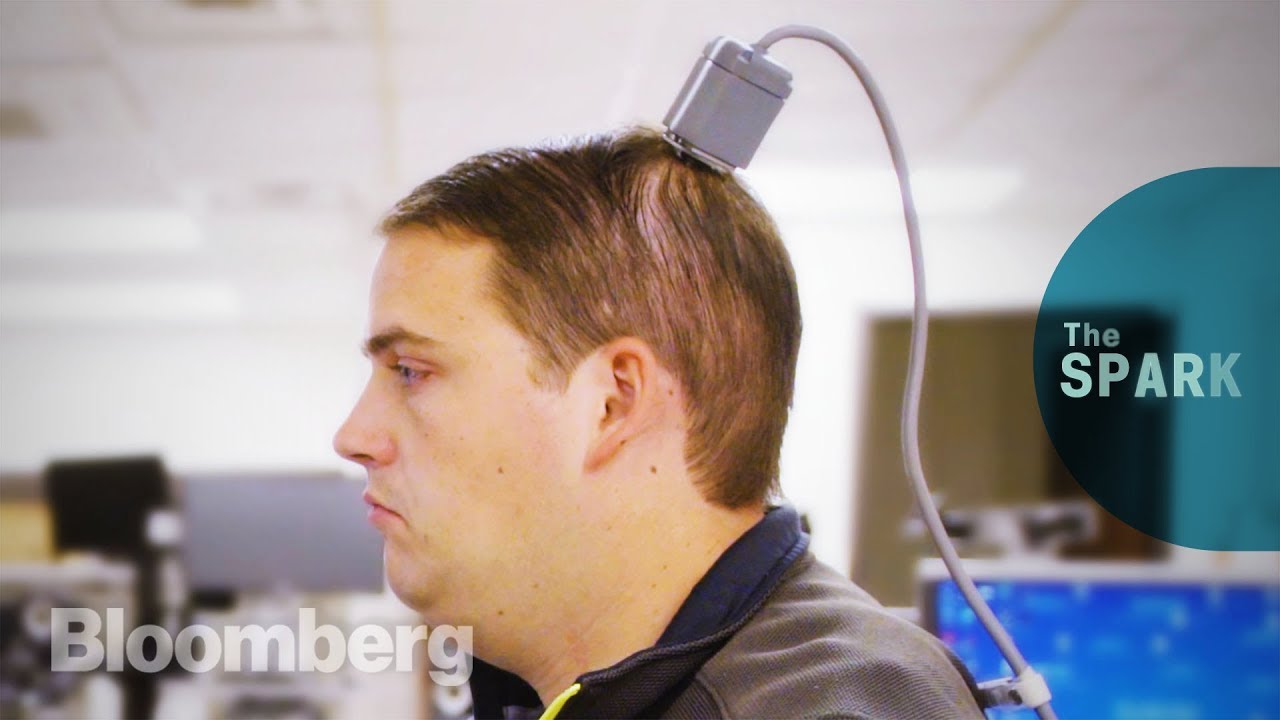This Brain Implant Could Change Lives

It sounds like science fiction: a device that can reconnect a paralyzed person’s brain to his or her body.
But that’s exactly what the experimental NeuroLife system does. Developed by Battelle and Ohio State University, NeuroLife uses a brain implant, an algorithm and an electrode sleeve to give paralysis patients back control of their limbs. For Ian Burkhart, NeuroLife’s first test subject, the implications could be life-changing.
What are the advantages of the brain implant over traditional surgical procedures?
A groundbreaking brain implant has emerged as a timely innovation in the medical industry, potentially changing the way we treat a variety of neurological disorders. The development of this device was a collaborative effort between researchers and engineers, and it is set to revolutionize the way we understand the human brain.
The implantation of this device involves a tiny electrode being placed directly into the brain. It works by recording electrical signals from the brain cells, which are then translated into a form that the computer can understand. This process enables scientists to study the inner workings of the brain in much greater detail, providing valuable insights that have previously been impossible.
The potential applications for this device are numerous, including the treatment of a variety of neurological disorders such as Parkinson’s disease, Alzheimer’s disease, and chronic pain. By analyzing the brain activity of these patients, neurologists are able to identify patterns that could indicate the presence of specific diseases. This can aid in the development of personalized treatment plans that are tailored to the individual patient’s needs.
One of the key advantages of this implant is that it is non-invasive, meaning that it does not require any surgical incisions to be made. This reduces the risk of complications associated with traditional surgical procedures, making it a safer option for patients. Additionally, the implant is also designed to be very durable, meaning that it can be used for an extended period without the need for maintenance or replacement.
Another key benefit of this implant is that it can help researchers gain a deeper understanding of the brain’s inner workings. This will lead to the development of more effective treatments for a variety of neurological conditions. It will also open doors to new research areas, paving the way for greater insights and discoveries.
One of the most exciting aspects of this development is the potential for the implant to help individuals with paralysis or other debilitating conditions. By providing a direct interface with the brain, it could enable these individuals to control prosthetic devices, providing a greater degree of independence and quality of life.
In conclusion, the development of this brain implant represents a major breakthrough in the field of neuroscience. It has the potential to transform the treatment of a wide range of neurological conditions, providing new insights and opening doors to new research areas. With its non-invasive nature and durability, this device could also prove to be an excellent option for patients, offering greater safety and convenience. Ultimately, this device has the potential to change lives, and we are excited to see where this innovation will take us in the future.









Somalia’s (Only) Popular Drug
I spent a week in darkness, here’s what I saw
How to Grow Raspberries, Blueberries, and Blackberries in Containers
Maui’s HALO Wingsuit
How To Start An Airline